So many wonderful things to eat that are ripe and in season at this time of year. When we eat in season, and as local as possible, we are getting maximum nutrition. Foods don't have to be picked early and then stored and force ripened. They also taste better when they are at peak freshness.
Do you have access to a farmers market where you can get these freshly grown produce?
Broccoli

Broccoli is a superfood native to Europe. Low in calories and packed with many micronutrients, minerals, fiber, and antioxidants, broccoli has a reputation for helping to boost immunity and promote heart health. The Institute for Functional Medicine suggests eating 2-3 cups of broccoli per day.
It can be eaten cooked or raw. When cooking, it can be sautéed, steamed, roasted or air fried. If you plan to serve it without cooking, it's great for salads or dips.
Brussels Sprouts

Brussels sprouts derive their name from Belgium's capital, where they were first cultivated in the 13th century.
Just 1 cup of raw Brussels sprouts meets the National Institutes of Health's (NIH) recommended daily requirements for vitamin C and vitamin K. Not to mention that they are also rich in minerals.
They can be eaten raw (when shredded, they make a fabulous slaw!) or served stir-fried, sauteed, or steamed.
Cabbage 
Native to the Mediterranean region, there are four different varieties of cabbage: green, red or purple, white savoy, and napa. Regardless of which variety you choose, all of them boast an outstanding nutrient profile.
Cabbage is rich in vitamin K1, providing 85% of the recommended daily intake in just 1 cup. This vitamin is crucial for blood clotting.
The humble cabbage also makes a delicious and inexpensive addition to several healthy recipes, such as casserole, slaw, and even smoothie!
Cauliflower
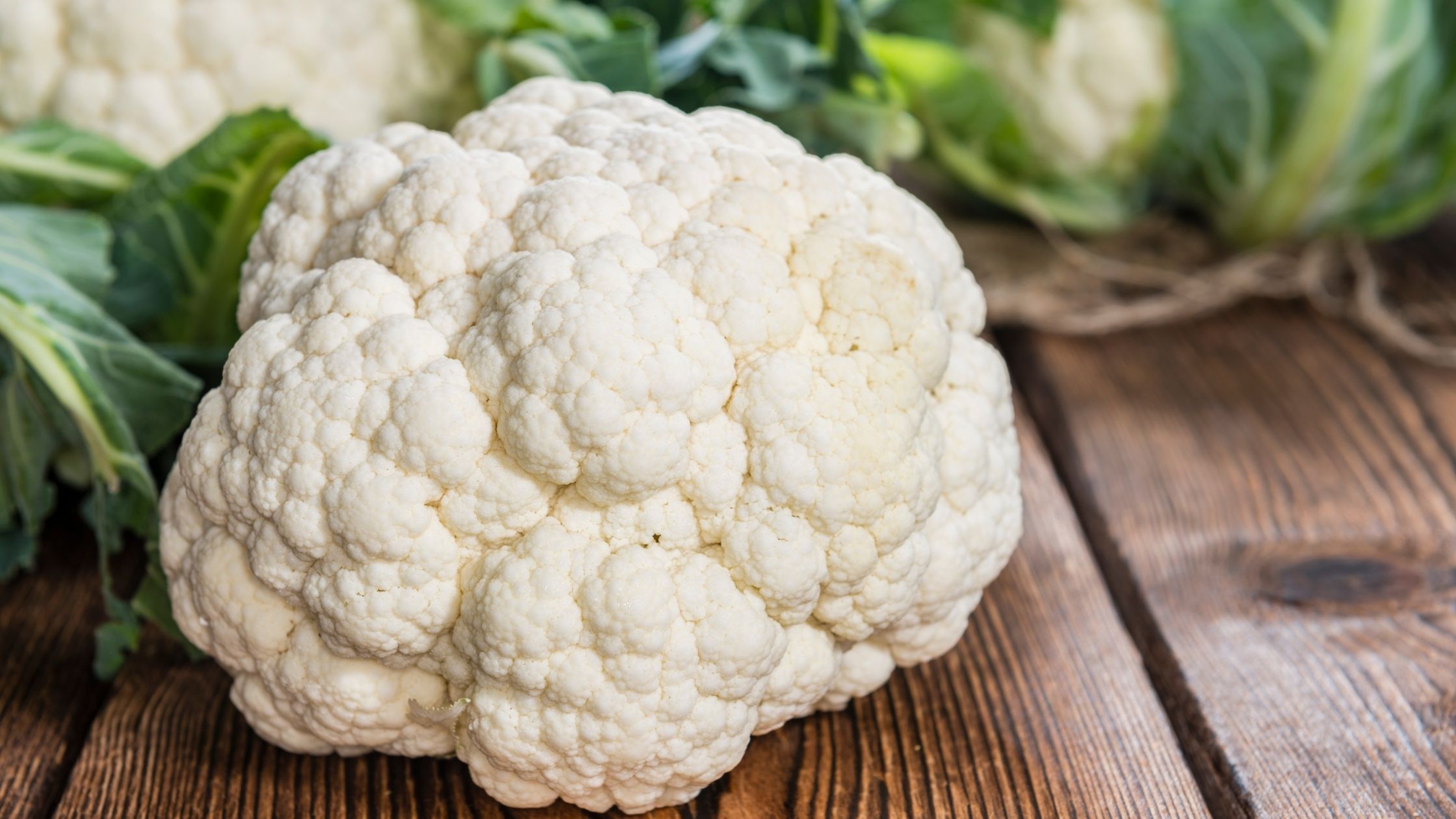
Not many vegetables contain choline. Cauliflower, along with broccoli, is among the sources of this nutrient that most people lack. Although the body makes some choline, we still need to consume choline-rich food to get enough.
Consuming a sufficient amount of choline may reduce the risk of several health conditions, including cardiovascular disease, cancer, and dementia.
Now that we're heading into colder weather, I often like to curry cauliflower for a change of taste. The flavors of curry go well with cauliflower and greens. You can also try my autumnal cauli-mash recipe with roasted, crunchy Brussel sprouts. Yum!
Grapefruit

The grapefruit is a citrus fruit that originated in Barbados and became well established as home-grown American produce before spreading to other parts of the world.
Of all the citrus fruits, grapefruits are among my favorites. They're full of vitamin C and beta-carotene, which helps protect cells from damage that often leads to heart disease or cancer. Grapefruits also have high amounts of lycopene known for their potential ability to prevent certain cancers, such as prostate.
Grapefruits are best enjoyed raw (when they're fresh and juicy!). Slice them up for salads or desserts.
Kale

Kale was introduced to the United States by early English settlers in the 17th century and became popular in the 1830s.
Considered one of the healthiest and most nutritious vegetables, a single cup of kale contains more vitamin C than an orange. Kale also packs a punch providing high amount of Vitamin K and important minerals, such as calcium, potassium, and magnesium.
Steaming kale, according to a study, could increase the bile acid-binding effect that can lower cholesterol levels in the body. The best way to get the nutrition out of kale is steaming, as it is 43% as effective as cholestyramine, a drug used to treat high cholesterol caused by bile obstruction.
If you’re a big dark leafy greens eater, such as kale, it’s definitely important to make sure you’re getting the organic version of this as it is, unfortunately, number 3 on the 2021 Dirty Dozen List.
Leeks

Leeks are an ancient crop and are native to eastern Mediterranean lands and the Middle East. Its close relatives are onions, shallots, scallions, chives, and garlic.
Low in calories but high in nutrients, such as magnesium and vitamins A, C, and K, leeks also contain some fiber, plus copper, vitamin B6, iron, and folate.
They're widely used in soups and stews. You can also enjoy leeks in dips, salads, and quiche.
Mushrooms
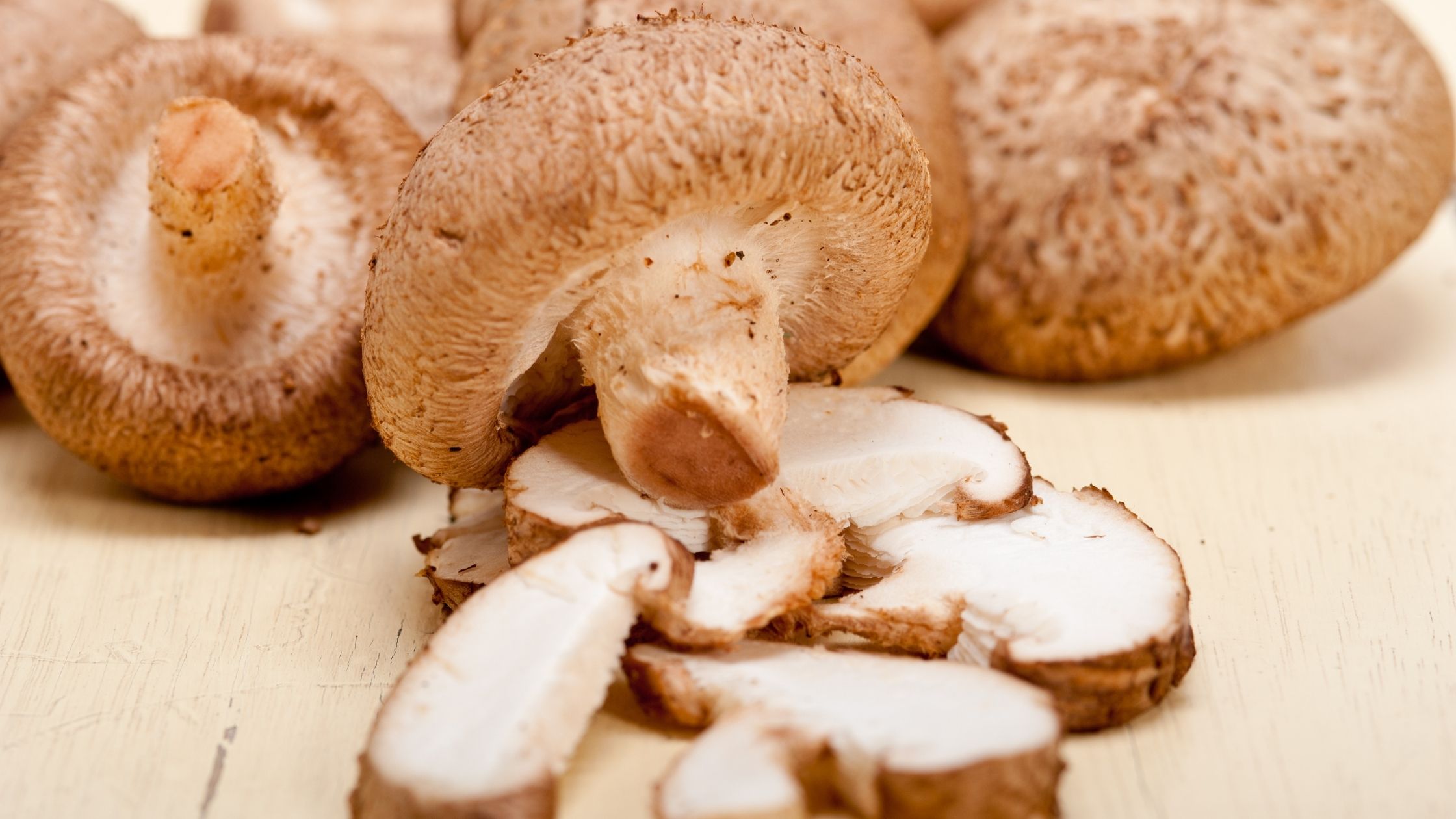
Mushrooms have been a part of the human diet for thousands of years. The word mushroom is most often used to identify the edible sporophores. The term toadstool is often reserved for inedible or poisonous fungi.
Since it's difficult to identify the toxic ones, it's best to buy from a reliable grocery store or, if possible, from a farmer's market.
Mushrooms are low-fat and cholesterol-free food. They are also a good source of nutrients, such as essential amino acids and B vitamins.
The best way to cook mushrooms to preserve their nutritional properties is to grill them. This would help in retaining more of their goodness and nutrients than frying and boiling.
Oranges

The citrus fruit oranges are believed to be native to the tropical regions of Asia. There are a number of varieties of orange; some of the most well-known are navel, blood orange, mandarin orange, tangerine, and clementine.
Whole oranges are a great way to keep your blood sugar levels steady due to their low glycemic index plus good fiber content. They are a rich source of vitamin C and other nutrients that can help fight inflammation as well as heart disease or even lower the risk of diabetes.
As The Ingredient Guru, I encourage you to avoid processed (i.e., canned) oranges, as they may contain harmful ingredients such as artificial colors, citric acid, and disease-causing high fructose corn syrup.
If you want to take advantage of oranges this holiday season, try my recipe Orange-Cranberry Bone-In Chicken Breasts. Enjoy!
Papaya

Papaya is a delicious tropical fruit that has beautiful soft orange flesh. They can be found throughout Mexico and Central America, as well as in some of the warmest parts of subtropics.
It is high in vitamins C and A, as well as fiber. It also contains an enzyme called papain which can be used to tenderize meat.
This fabulous fruit may also reduce your risk of many diseases, especially those related told age, such as heart disease and cancer. Their powerful antioxidants like lycopene can help keep skin smooth while helping fight signs of aging.
Papayas are often served as an appetizer or snack with sugar, lime juice, and nuts for added flair!
Parsnips
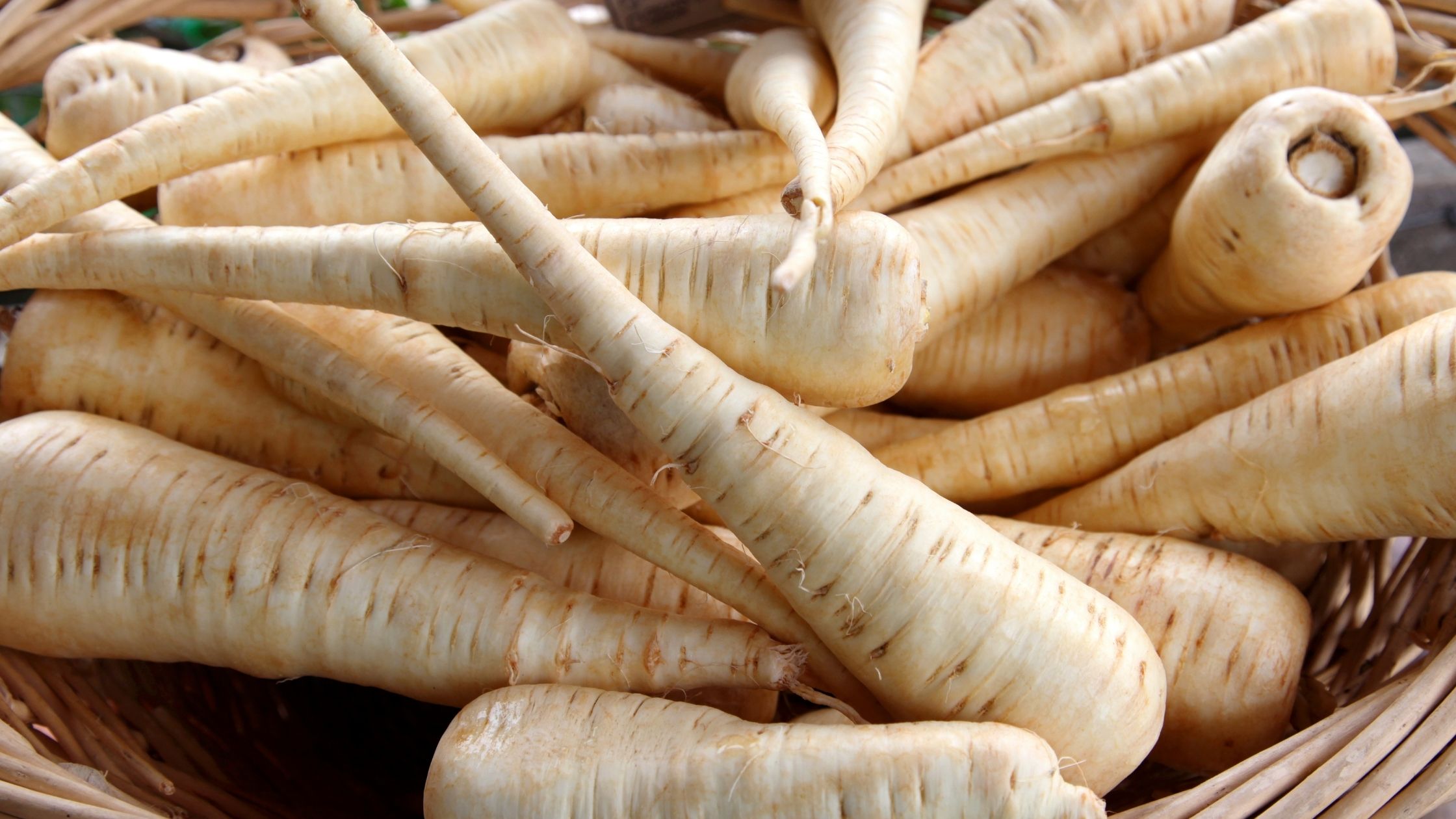
Parsnips are a tasty root vegetable related to carrots and parsley roots. They're commonly found in Great Britain and throughout Europe and Asia. Parsnips were introduced in America early in the 17th century.
They pack a hearty dose of fiber, vitamin C, vitamin K, folate, and other important micronutrients. Parsnips are also low in calories yet high in fiber, improving digestive health, regulating blood sugar levels, and supporting heart health.
If you want to add parsnips to your diet, you can easily swap them for other root vegetables in your favorite recipes. Or make a roasted root vegetable side dish and add parsnips for a delicious flavor boost.
Pears

The common pear is a fruit that originated in Europe and has been cultivated for centuries.
Pears are a good source of polyphenol antioxidants. They also contain other nutrients like folate, vitamin C, copper, and potassium.
Pears are a good source of fiber, including prebiotics, which promote regular bowel movements, relieves constipation, and help with digestion. If you want to get the most fiber from a pear, eat it with the skin on.
This coming Thanksgiving, my Cinnamon Apple and Pear Sauce recipe is a delicious condiment I highly suggest for roast meats, bread, or even as part of a snack!
Pomegranates

Pomegranate is a fruit that is believed to have originated in Iran. It is commonly cultivated in the warmer parts of the United States to Chile.
It is high in dietary fiber, folic acid, vitamin C, and vitamin K. This makes it a nutritious fruit that anyone can enjoy.
If you want to take advantage of the many health benefits of pomegranates, either eat them directly or drink the juice. Pomegranate juice is a source of grenadine syrup used in flavorings and liquor.
Rutabagas
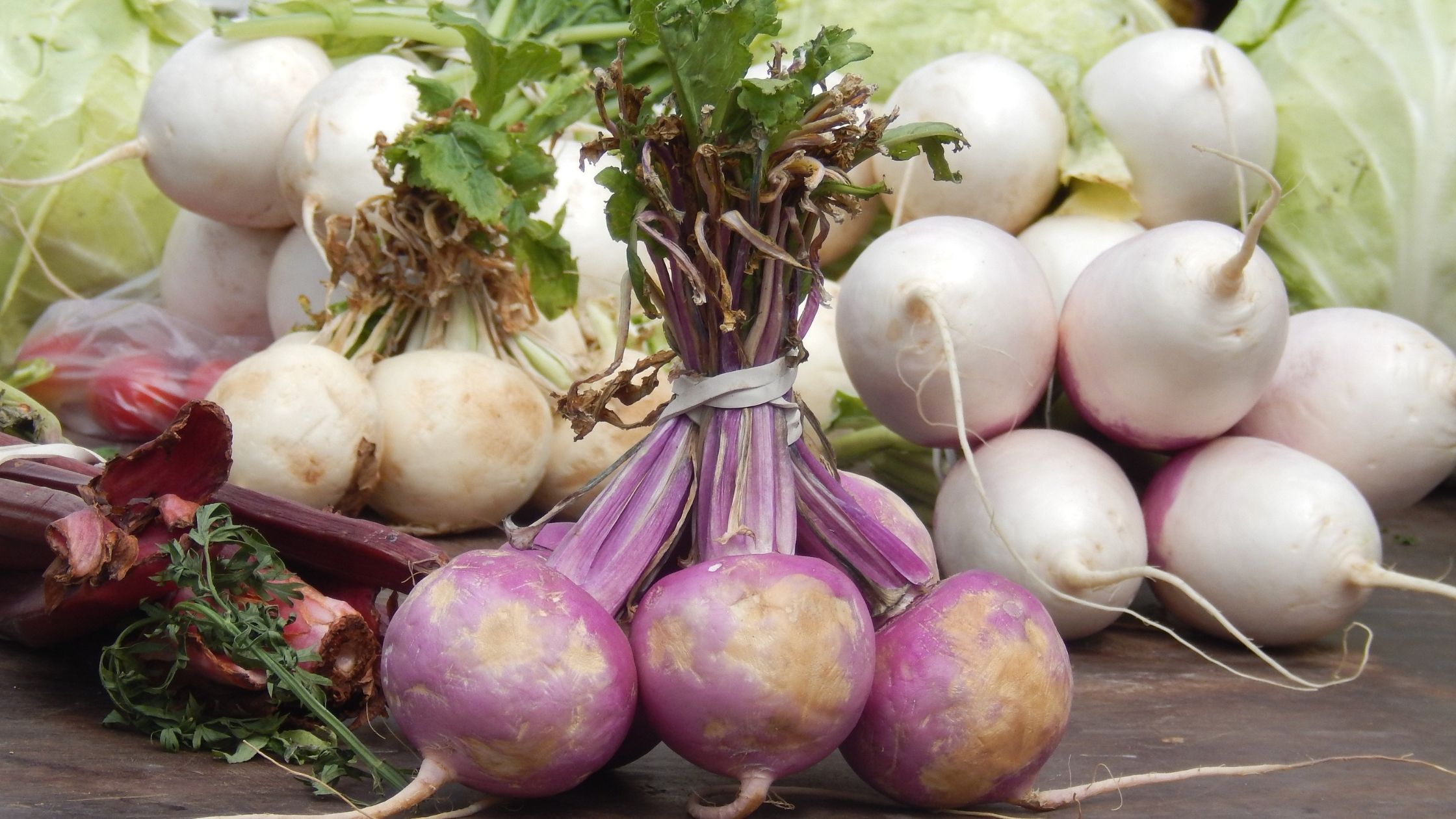
Rutabagas are thought to have been first bred in Russia or Scandinavia in the late Middle Ages. They are hearty vegetables packed with fiber, vitamins, and important minerals that you may not be getting enough of.
Among the minerals and micronutrients that rutabagas are rich in are potassium and magnesium, which play an important role in regulating cells, tissue, and organs. In a nutshell, it makes your body work right.
Rutabaga roots can be cooked with other root veggies, and the leaves are perfect for salads and soups.
Sweet Potatoes
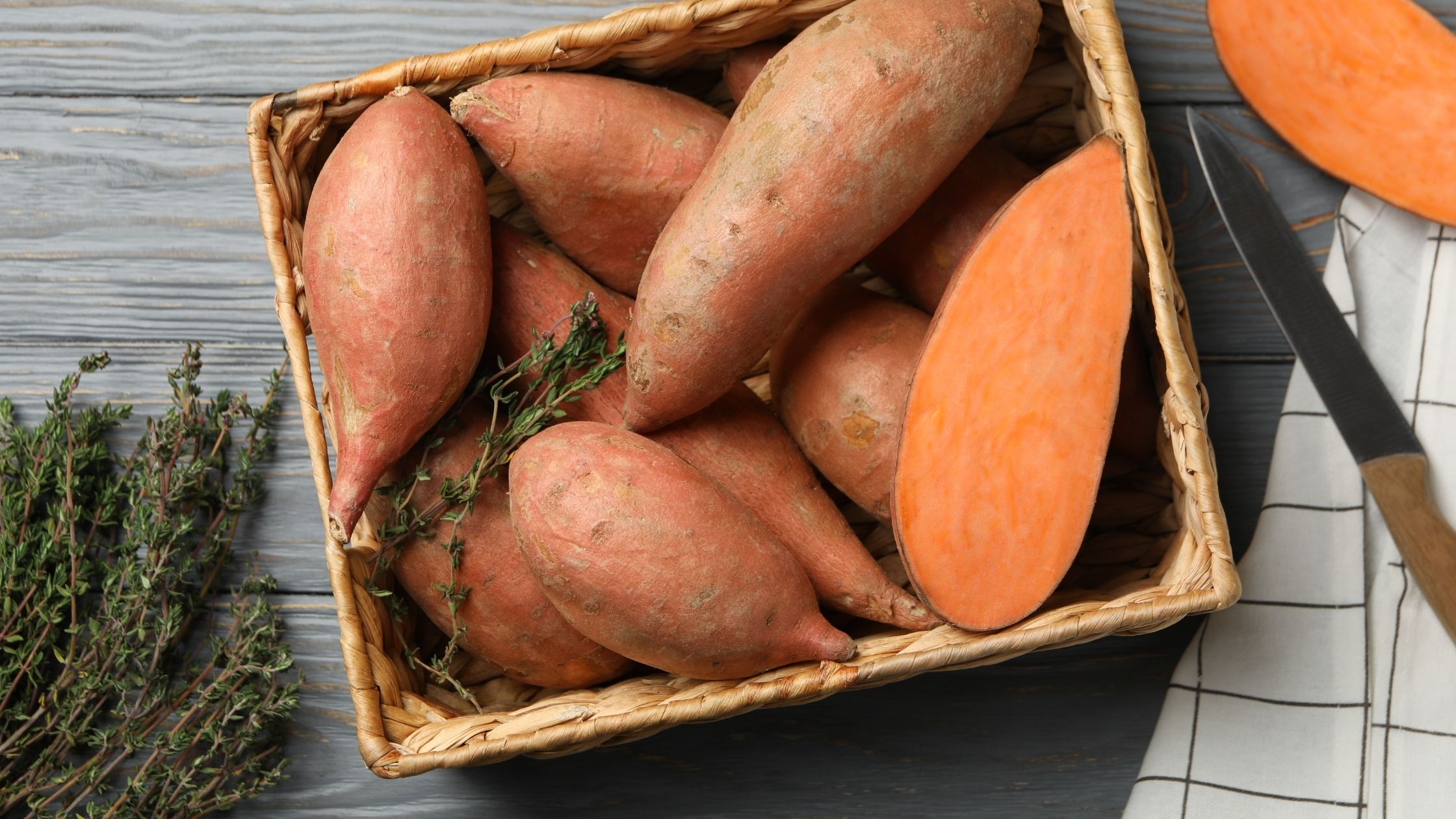
Sweet potatoes are native to tropical America and widely cultivated in tropical and warm temperate climates.
They are healthier than regular potatoes because they have a lower glycemic index (GI) and higher levels of nutrients like beta-carotene that help protect your eyesight. They are a good source of vitamin C, potassium, and many other vitamins and minerals.
One of the easiest ways to cook sweet potatoes is to steam them. You can also try mashing, frying, grilling, or even slow-cooking. Here are some of my favorite sweet potato recipes!
Tangelos
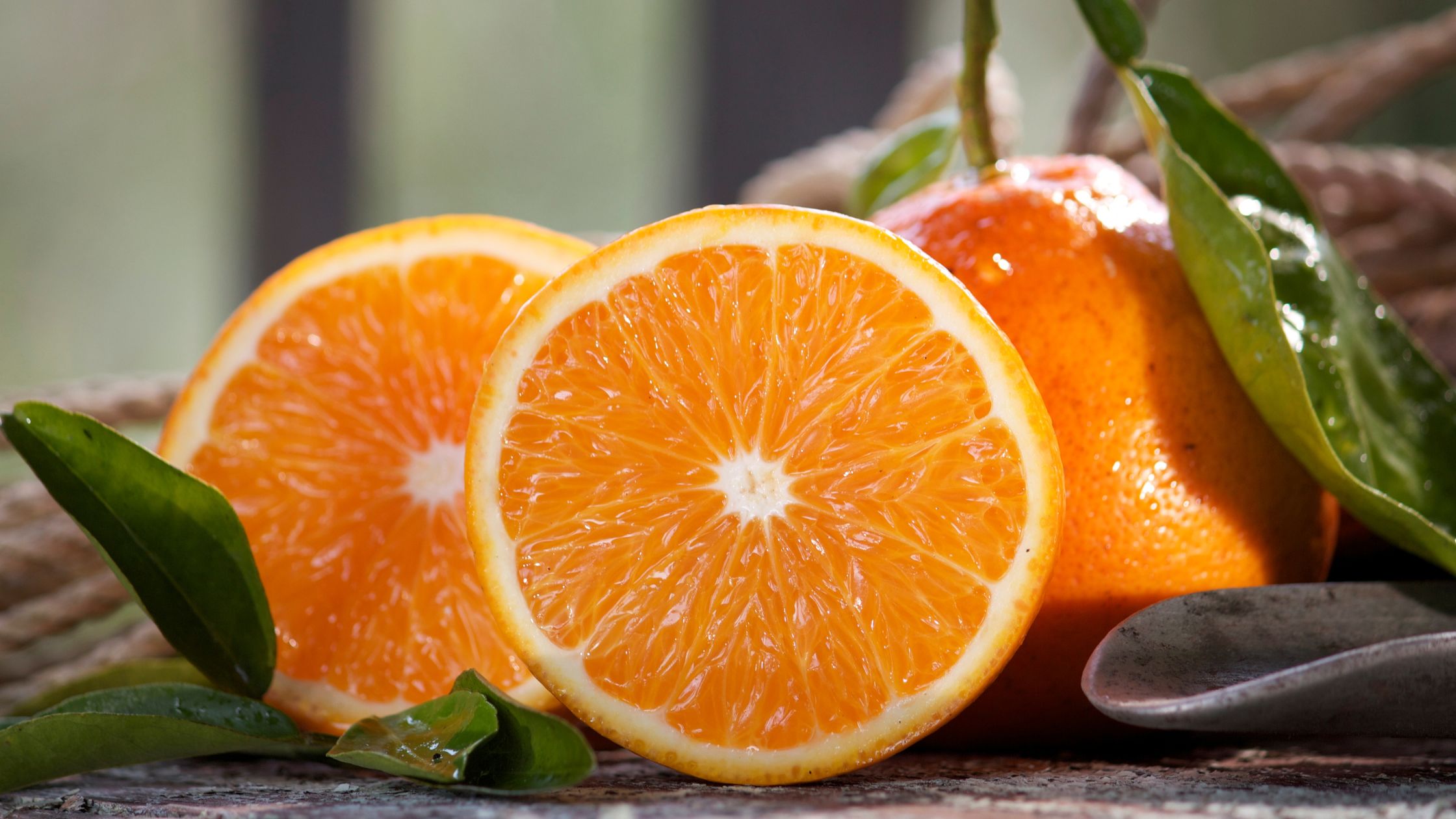
Tangelos are a hybrid between the tart taste of tangerine or mandarin oranges and grapefruit, grown primarily in the United States. The two main areas for cultivating tangelos are in Florida and California.
They are a rich source of vitamin C and folate, which can help maintain healthy skin. Plus, they're high in fiber to keep you feeling full longer! Tangelo flavonoids have been shown to reduce oxidative stress, so it's no wonder this fruit helps improve overall health when eaten regularly.
Tangelos are an excellent addition to any recipe. They're often found in jam, cakes, and salad but can also be enjoyed as a flavorful fruit for desserts like frosting or pie filling!
Tangerines

Tangerines are indigenous to Southeast Asia. They are a subgroup of mandarins and the second-largest cultivated citrus fruit after oranges. They're a bit smaller and less round than oranges, but they have a sweeter taste.
The pulp of tangerines is tender and juicy, with a rich flavor that provides vitamin C and antioxidants. Plus, they're good sources of other vitamins and minerals, such as potassium and B complex vitamins.
You can also use tangerines instead of orange in my Bone-In Chicken Breasts recipe.
Turnips

Turnips are thought to have originated in middle and eastern Asia. Both turnips and turnip leaves provide over 30% of the daily value for vitamin C. The leaves are also a rich source of folate, vitamin K, and vitamin A.
Moreover, their glucosinolate compounds may help control blood sugar levels, fight harmful bacteria, and provide anti-inflammatory and anti-cancer effects.
Turnip roots make a great addition to salads! They can also be cooked and served whole, mashed, or used in chowder.
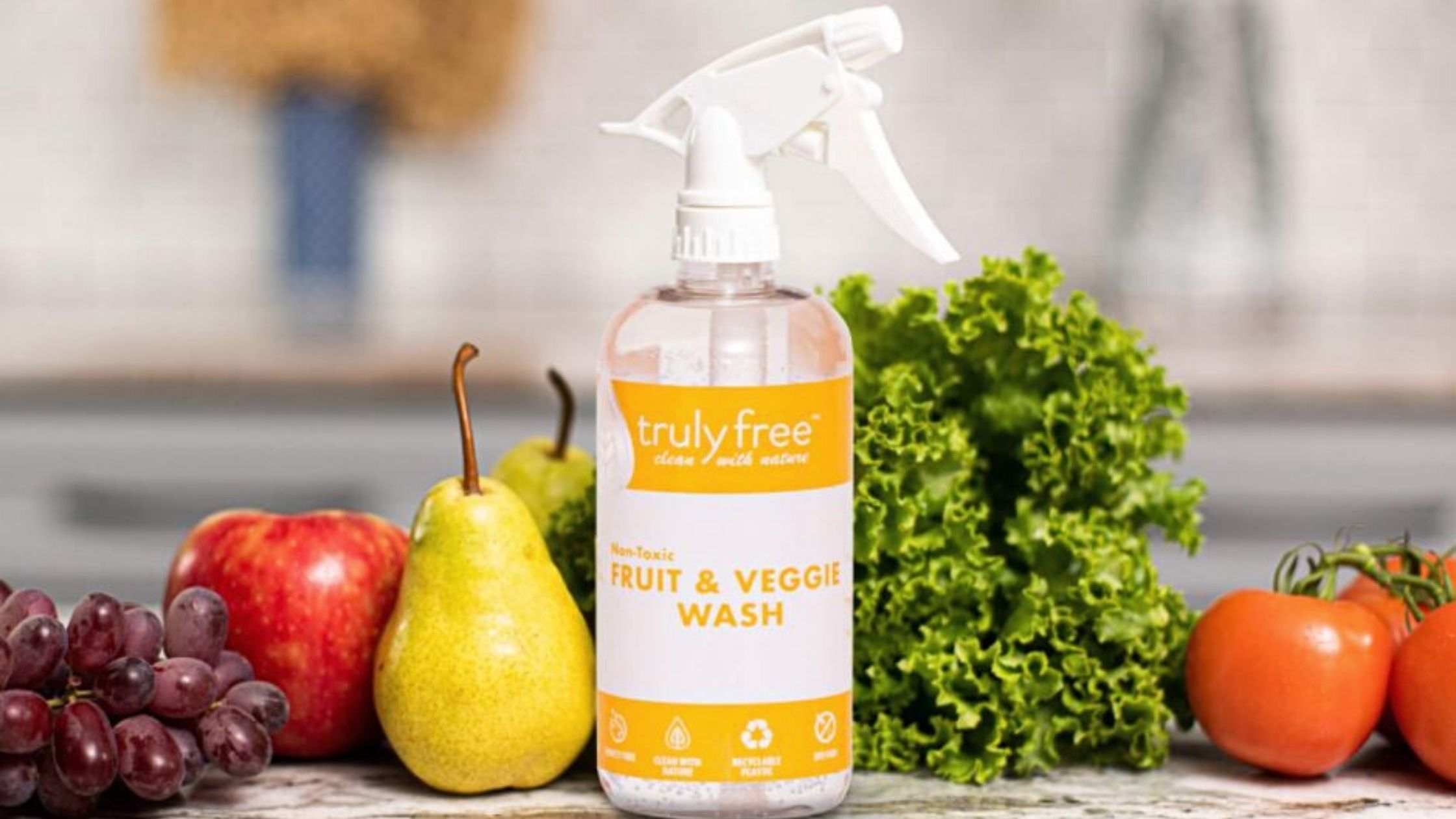 When eating fresh, in-season produce, don’t forget to wash it first. Click here to get your toxin-free fruit and veggie wash!
When eating fresh, in-season produce, don’t forget to wash it first. Click here to get your toxin-free fruit and veggie wash!
[expand title="Sources"]
https://www.healthline.com/health/food-nutrition/broccoli-benefits
https://www.britannica.com/plant/broccoli
https://www.britannica.com/plant/Brussels-sprouts
https://www.healthline.com/nutrition/benefits-of-brussels-sprouts
https://www.healthline.com/nutrition/benefits-of-cabbage
https://www.britannica.com/search?query=cabbage
https://www.healthline.com/nutrition/10-benefits-of-grapefruit
https://www.britannica.com/plant/grapefruit
https://www.healthline.com/nutrition/10-proven-benefits-of-kale
https://www.britannica.com/search?query=kale
https://www.healthline.com/nutrition/leek-benefits
https://www.britannica.com/search?query=leeks
https://www.britannica.com/search?query=mushroom
https://www.healthline.com/nutrition/mushrooms-good-for-diabetes
https://www.healthline.com/nutrition/are-oranges-good-for-diabetics
https://www.britannica.com/plant/orange-fruit
https://www.healthline.com/nutrition/8-proven-papaya-benefits#TOC_TITLE_HDR_10
https://www.britannica.com/plant/papaya
https://pubs.acs.org/doi/abs/10.1021/jf60227a026?journalCode=jafcau
https://www.organicfacts.net/tangelo.html
https://www.healthline.com/nutrition/tangerine-benefits
https://www.healthline.com/nutrition/rutabagas
https://www.britannica.com/plant/tangerine-fruit
https://www.healthline.com/nutrition/parsnip
https://www.healthline.com/nutrition/benefits-of-pears
https://www.healthline.com/nutrition/12-proven-benefits-of-pomegranate
https://www.healthline.com/nutrition/sweet-potato-glycemic-index
https://www.healthline.com/nutrition/turnip-nutrition
[/expand]




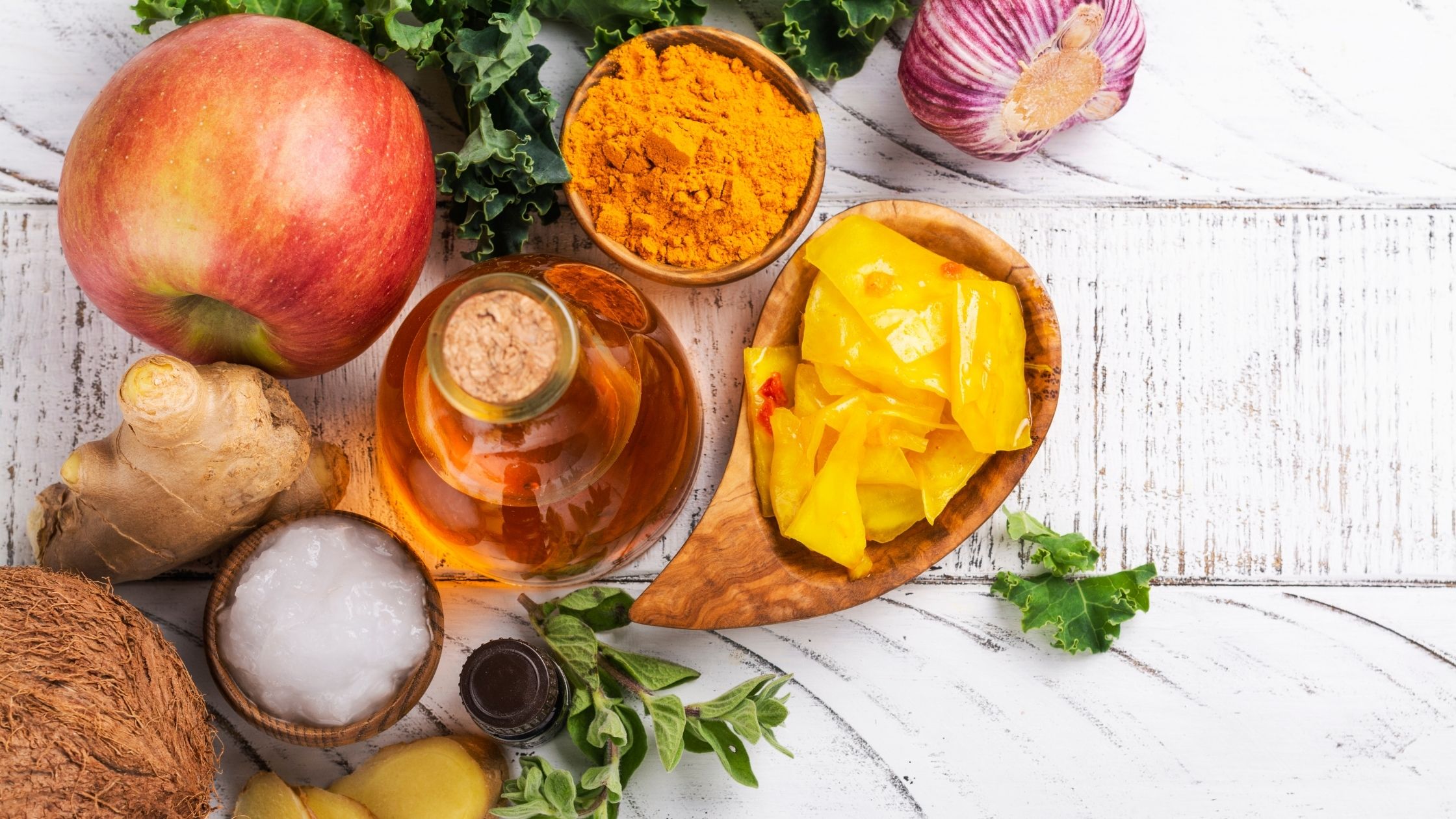

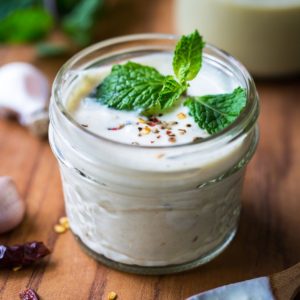
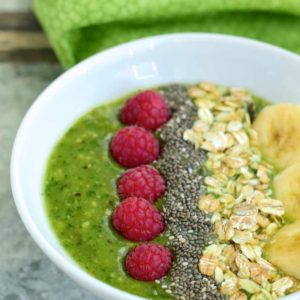



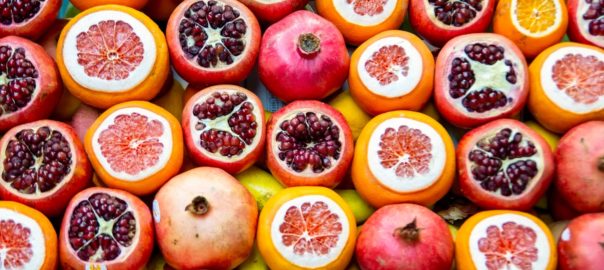


















 When eating fresh, in-season produce, don’t forget to wash it first.
When eating fresh, in-season produce, don’t forget to wash it first. 